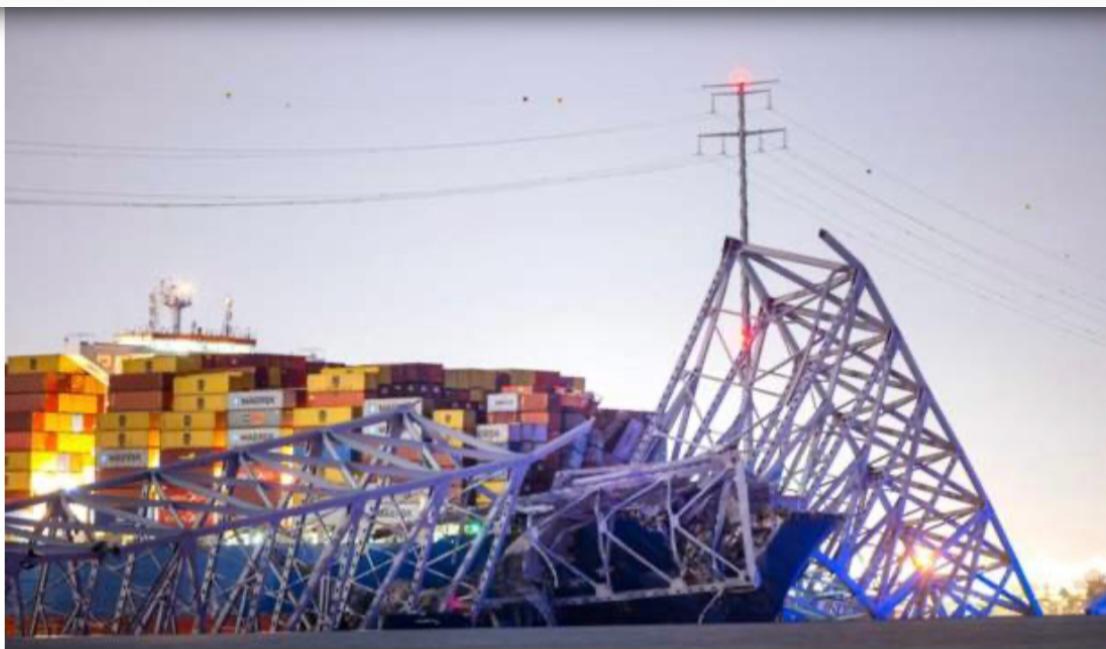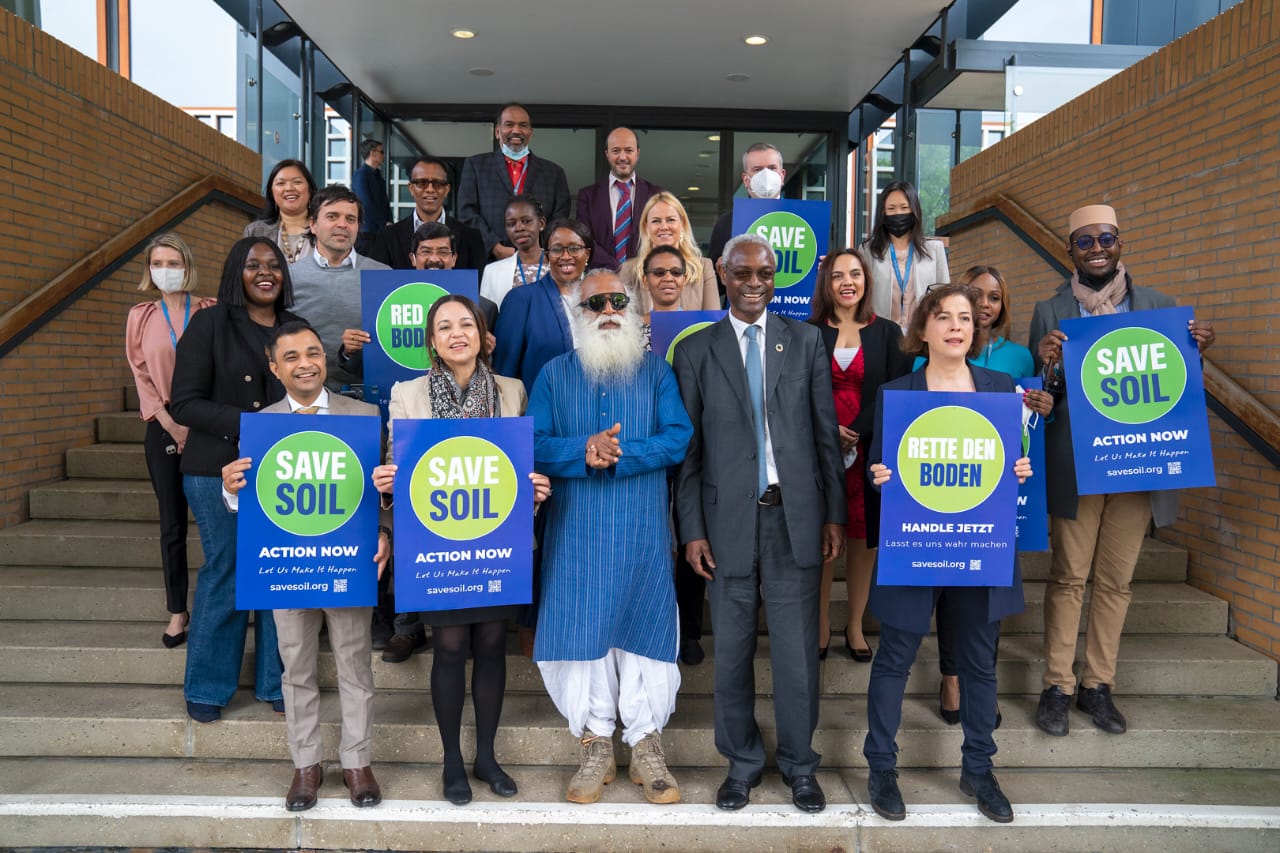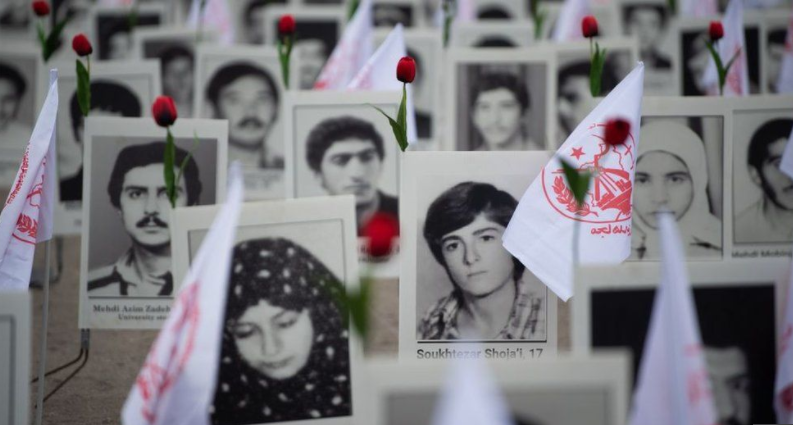Trending Now
- 830 voters names go missing in Kavundampalayam constituency
- If BJP comes to power we shall consider bringing back electoral bonds: Nirmala Sitaraman
- Monitoring at check posts between Kerala and TN intensified as bird flu gets virulent in Kerala
World News
Hong Kong Polytechnic University: Protesters arrested as they run from campus
![]() November 18, 2019
November 18, 2019
Several protesters have been arrested while trying to run from a Hong Kong university campus surrounded by police.
A group of around 100 people tried to leave Polytechnic University, but were met with tear gas and rubber bullets.
It is the third time protesters have tried to leave, following a violent and fiery overnight stand-off with police.
In the past week, the campus has turned into a battleground as long-running anti-government protests become more violent.
Meanwhile, Hong Kong’s High Court ruled that a ban on protesters wearing face masks was unconstitutional. The colonial-era emergency law was invoked in October, but protesters largely defied the ban.
The violence is some of the worst seen during months of unrest in the semi-autonomous Chinese territory.
The protests started over a controversial extradition bill, and have now evolved into broader anti-government demonstrations.
At a news conference in Beijing, Chinese foreign ministry spokesman Geng Shuang said: “No-one should underestimate China’s will to safeguard its sovereignty and Hong Kong’s stability.”
Hong Kong is a part of China, and these protests are, in part, about the fear that the special freedoms the territory enjoys as a former British colony are being eroded.
What is happening?
At around 13:45 local time (05:45 GMT), around 100 protesters tried to run from the campus, but were met by police trying to arrest them. Images showed protesters pinned down by officers amid clouds of tear gas.
Police had earlier said protesters could leave the campus via another exit – the Cheong Wan Road South Bridge – but urged them to drop their weapons and remove their gas masks.
But pro-democracy lawmaker Ted Hui, who is on the campus, said the bridge had “been sealed off”, and it was not possible to leave this way. Earlier, he said there were up to 1,000 protesters on the site.
Protesters also attempted to leave the campus just after sunrise, but were met by tear gas and rubber bullets. Police said the gas was fired because “a large group of masked rioters… suddenly charged at cordons”.
At around 05:30, protesters threw petrol bombs and lit fires when police tried to enter the campus.
According to Mr Hui, many on campus are injured, and staff from the Red Cross were later seen entering the site. The acting president of PolyU’s student union Ken Woo said fresh water was available, but food supplies were running low.
Earlier, the head of the university, Professor Jin-Guang Teng, released a video statement to protesters, saying he had arranged a deal with the police.
If protesters left peacefully, he said he would “personally accompany” them to the police station where he would “ensure your case is fairly processed”.
What happened overnight?
PolyU has been occupied by protesters for several days. On Sunday night, police warned protesters they had until 22:00 local time to leave the campus.
Some left, but others stayed, throwing petrol bombs and bricks at police and even shooting arrows from bows.
Police warned they could use live ammunition if the attacks continued.
A statement from the university on Sunday night said it had been “severely and extensively vandalised”.
A number of protesters left inside in the university have identified themselves as current students in media interviews. But it is unclear exactly how many of those left on the PolyU campus are, in fact, university students.
The protesters earlier appealed for university alumni and others sympathetic to the cause to join them as reinforcements.
How did we get here?
Campuses remained relatively free of violence during the Hong Kong protests. But earlier last week, the Chinese University of Hong Kong became a battleground.
Police said protesters threw petrol bombs on a major road near the university in an effort to stop traffic. Officers attempted to reclaim the road, leading to major clashes.
The university then cancelled all classes for the rest of the term. Days later, protesters at PolyU also tried to block access to a key tunnel near the university.
On Monday afternoon, the city’s Hospital Authority said 24 people aged between 16-84 were injured, with four in serious condition across Hong Kong.
Some 13 people, aged between 22 and 57, were injured on Sunday, with one in serious condition. It is unclear how many of the injured were protesters at the university.
Why are there protests in Hong Kong?
Hong Kong – a British colony until 1997 – is part of China under a model known as “one country, two systems”.
Under this model, Hong Kong has a high degree of autonomy and people have freedoms unseen in mainland China.
The protests started in June after the government planned to pass a bill that would allow suspects to be extradited to mainland China.
Many feared this would undermine the city’s freedoms and judicial independence.
The bill was eventually withdrawn, but the demonstrations continued, having evolved into a broader protest movement against alleged police brutality, and the way Hong Kong is administered by Beijing.
























